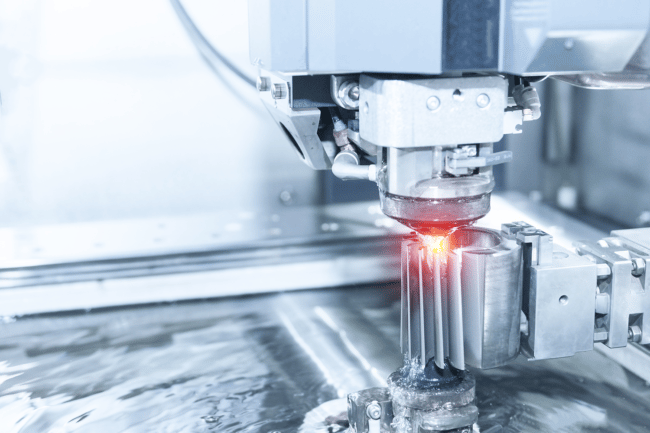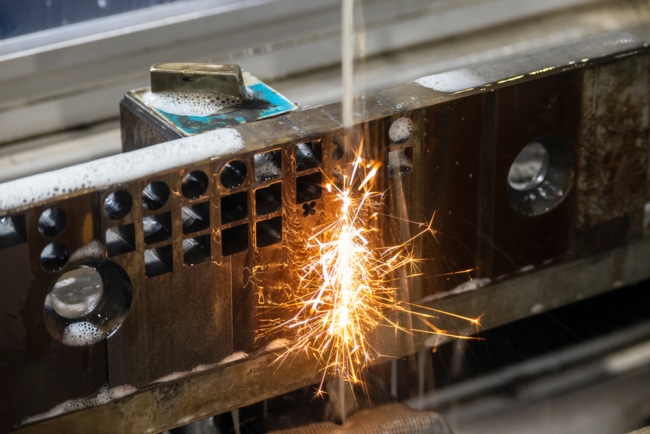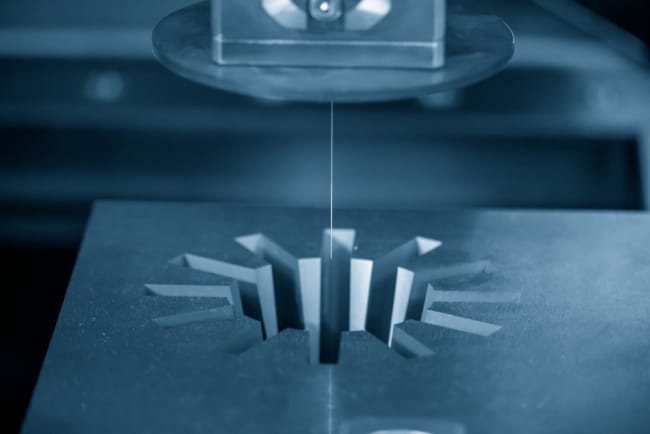CNC milling is a precision-based machinery method for production of material parts. Multi-point cutting tools are used through rotation on a workpiece to remove unwanted material from the piece via a computer-controlled programme which has specifications set by highly skilled technicians.
CNC Milling Capabilities
CNC milling is crucial for supplying components to industries including automotive, aerospace and marine. A&M’s clients include leading industry companies.
A&M boast high-quality CNC milling capabilities, working with a wide range of materials such as aluminium and steel.

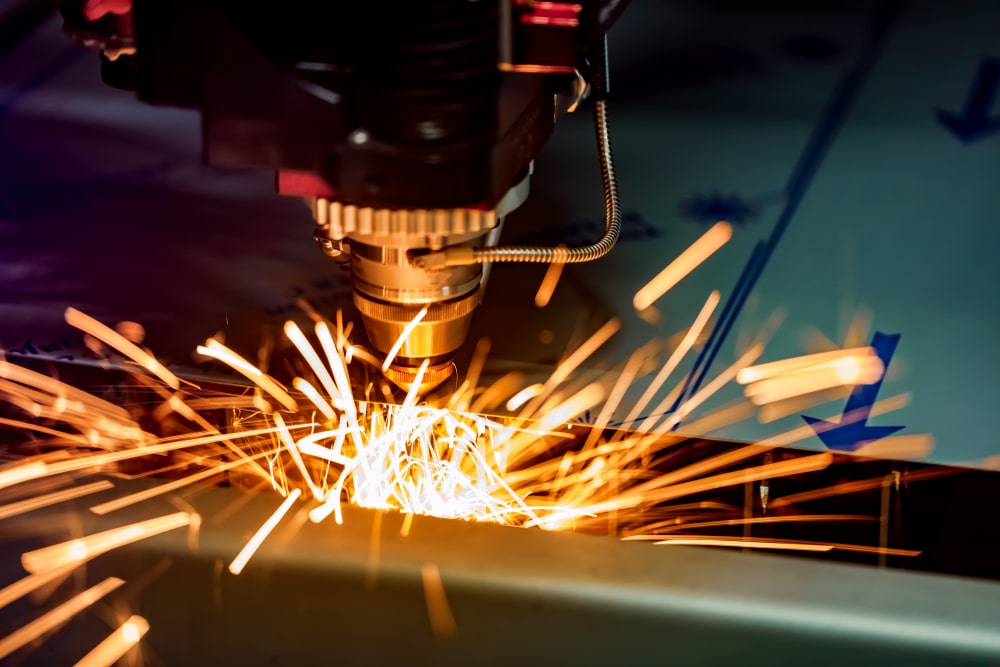
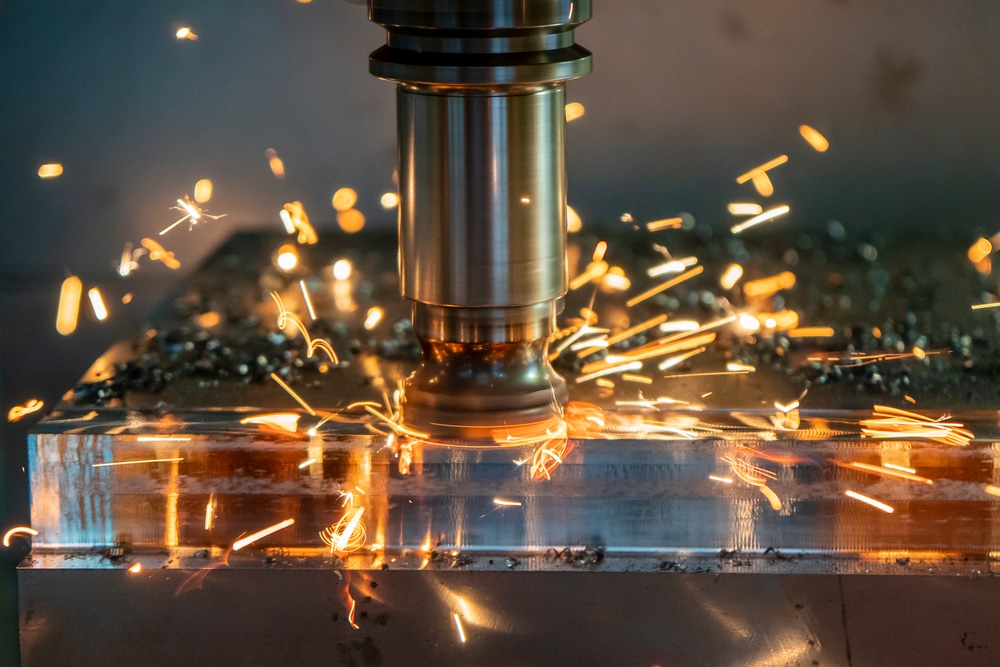
CNC Milling Basics
CNC milling has existed for hundreds of years since the birth of the Industrial Revolution. Technical advancements during the 20th Century have seen a move away from the manual work milling originally required with handheld tools.
Developments in machinery have lead to the CNC mills used today. Computer Numerical Controls (CNC) are coordinated by operators to perform milling productions. These machines ensure improved accuracy on a workpiece, whereby exact specifications can be adhered to.
Compared with the time and cost consequences caused by mistakes made when milling was performed manually, modern CNC milling increases time and cost efficiency, beneficial for both the manufacturer and the client.
CNC Milling Process Explained
There are several key stages to the CNC milling process:
- A CAD (computer-aided design) model is created first, providing the CNC machine with a technical blueprint of a workpiece. This model is converted into a CNC program by a design engineer, which incorporates the exact dimensions needed for the workpiece.
- Once the milling machine is programmed, the operation begins. Components can either be manufactured from start to finish, or just as a finishing procedure. This usually involves a part which has been worked previously and needs re-working or to be competed. Naturally, the operation performed effects its length.
- Roughing is performed on an unworked piece; cutting small pieces from the material to form the approximate shape or form desired.
- Finishing completes a job, going from approximate to precise. The milling is more delicate when finishing and can take several repeats until the specifications are met. The more complex the job, the more milling repeats will be required. But quality milling machinery guarantees that components will match specifications.
CNC Milling Machine Types
There are various CNC milling machines available with 3, 4 and 5 axes, with W, X, Y and Z axes. The X-axis and Y-axis represent horizontal movement (side-to-side and forward-and-back), whilst the Z-axis represents vertical movement (up-and-down). The W-axis represents diagonal movement across a vertical plane. In more basic CNC milling machines, horizontal movement is possible in only two axes (XY), whilst in advanced models, which we have at A&M, there are W and Z capabilities.
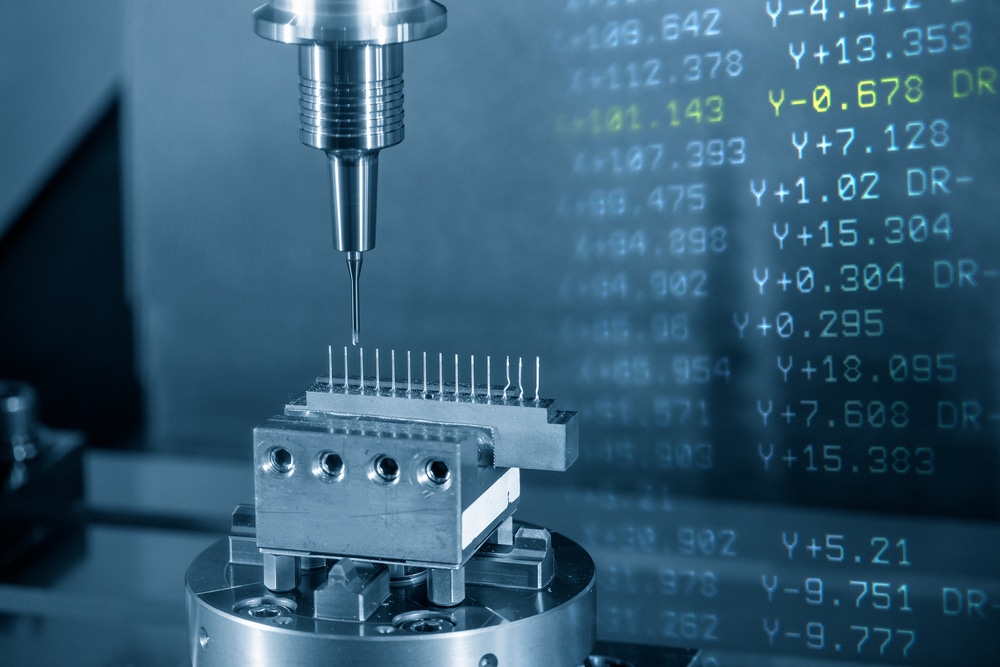
CNC Milling Parts
Parts created from CNC milling are used by industries, such as nuclear, for intricate machinery. A&M manufacture advanced precision pieces required in aerospace and automotive.
At A&M, we are maximising the effective potential of our Hurco machines. We have invested in Shrink Fit and tool holding technology to improve the tool life and reduce set up times allowing faster repeat operations.
Production times have been reduced significantly by 40%, allowing us to run milling machinery overnight without supervision, enabling clear production deadlines to be set with clients.
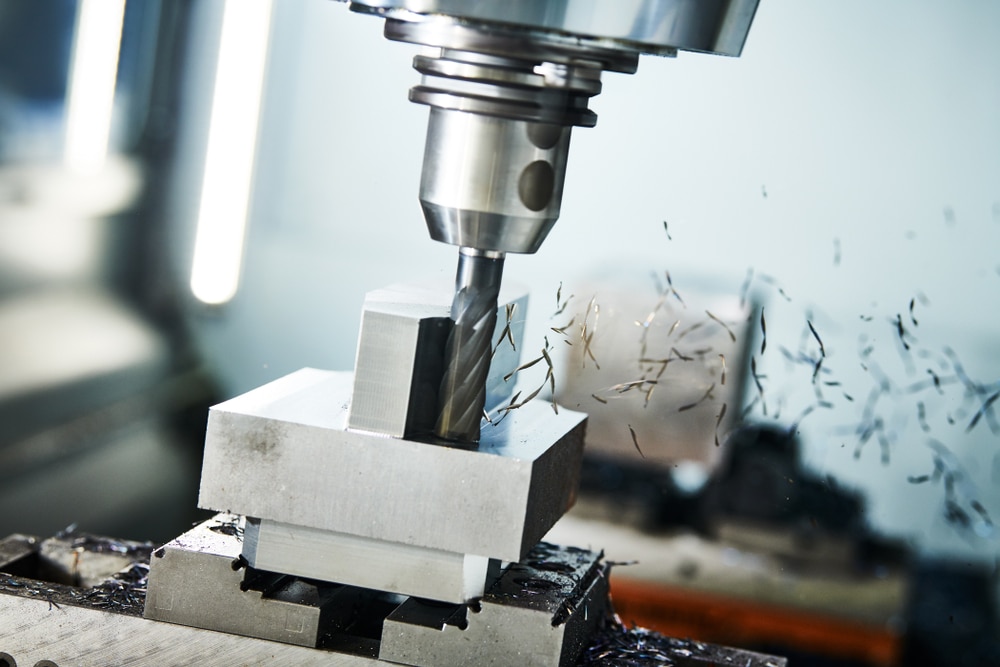
Advantages of CNC Milling
3-Axis
Most metal machining needs
Suitable for cutting sharp edges, drilling holes, milling slots
Simplest machine setup
4-Axis
Greater range of materials including aluminium
Greater functionality than 3-axis machines
Higher levels of precision and accuracy than 3-axis machines
5-Axis
Multiple axes configurations (e.g., 4+1, 3+2, or 5)
Suitable for advanced precision work for example aerospace components
Greatest functionality and capabilities
Faster speeds than 3-axis and 4-axis machines
Highest levels of quality and precision
Disadvantages of CNC Milling
CNC milling does require trained operators for the machinery, which may mean a decrease in manual productions and a potential loss in these skills.
CNC machines are expensive to buy, set up and maintain. However, this is countered by the money saved from more accurate manufacturing.
Scrap metal is left after operations, which can be costly and take time to dispose of.
Conclusion
In conclusion, CNC milling is a highly efficient and precise machining process that is widely used in industries such as aerospace and automotive. With the ability to create complex parts with great accuracy, CNC milling machines offer advantages such as faster production times, improved tool life, and reduced setup times. However, it is important to note that CNC milling requires trained operators and can be expensive to set up and maintain. Overall, the benefits of CNC milling outweigh the disadvantages, making it a valuable process in modern manufacturing.
For more information on CNC milling or any other CNC services, please get in contact with us.
Related Content
Need more information?
To see how A&M could support your next complex manufacturing project – simply call us, or use the form below.
